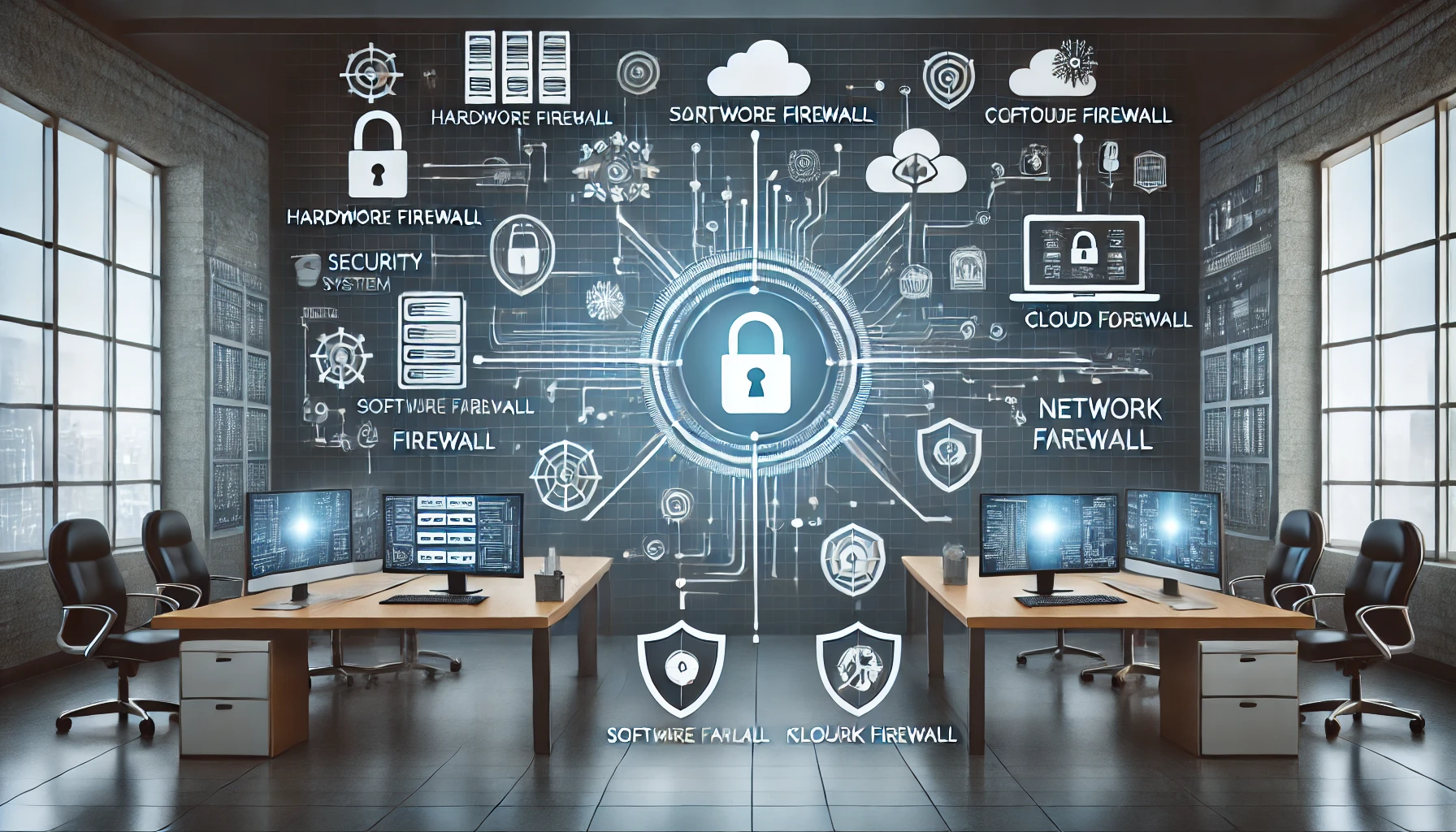In the modern digital age, network security has become a paramount concern for businesses and organizations of all sizes. As cyber threats evolve, so too must the strategies we use to protect our networks. One critical tool in the arsenal of any cybersecurity expert is the Access Control List (ACL). But what exactly are ACLs, and why are they so essential for network security?
Understanding Access Control Lists (ACLs)
At its core, an Access Control List (ACL) is a set of rules that is used to control network traffic and dictate what is allowed and what is denied. These rules are applied to routers and switches, determining which packets are permitted to enter or exit a network interface. ACLs can be implemented in various forms, such as standard or extended ACLs, each serving a different purpose and level of control.
The Importance of ACLs in Network Security
- Traffic Filtering: One of the primary functions of ACLs is to filter traffic. By specifying which types of traffic are allowed or denied, ACLs help to prevent unauthorized access and mitigate potential threats. This is especially crucial in environments where sensitive data is transmitted.
- Enhanced Security: By implementing ACLs, organizations can create multiple layers of security. This layered approach makes it more difficult for attackers to penetrate the network, as they would need to bypass several security measures.
- Network Performance: Properly configured ACLs can also improve network performance by reducing unnecessary traffic. By allowing only legitimate traffic to pass through, ACLs help to optimize bandwidth and reduce latency.
- Granular Control: ACLs offer granular control over network traffic. Administrators can specify rules based on IP addresses, protocols, ports, and other criteria, allowing for precise management of network resources.
The Role of ACLs in Modern Cybersecurity
When it comes to modern cybersecurity, Access Control Lists (ACLs) play a pivotal role in safeguarding network integrity. These essential tools not only filter and monitor traffic but also enforce security policies that protect against unauthorized access. Implementing ACLs is a proactive approach to network security, ensuring that only authorized users and devices can access sensitive information. As cyber threats continue to evolve, the importance of robust ACL policies cannot be overstated. By integrating ACLs into your cybersecurity strategy, you can significantly enhance your network’s defense mechanisms and reduce the risk of cyber attacks.
Types of Access Control Lists
To better understand the significance of ACLs, it’s important to explore the different types available:
- Standard ACLs: These are the most basic form of ACLs, typically filtering traffic based on source IP addresses. They are generally used for simple traffic filtering tasks.
- Extended ACLs: These offer more comprehensive filtering options, allowing rules to be based on both source and destination IP addresses, protocols, and ports. Extended ACLs provide greater control and are ideal for more complex security requirements.
- Named ACLs: Unlike standard and extended ACLs, which are identified by numbers, named ACLs use descriptive names. This makes them easier to manage and understand, particularly in large networks.
How to Implement ACLs Effectively
Implementing ACLs requires careful planning and consideration. Here are some key steps to ensure effective deployment:
- Define Your Security Policy: Before creating ACLs, clearly define your network security policy. Identify which resources need protection and what types of traffic should be allowed or denied.
- Design Your ACLs: Based on your security policy, design ACL rules that align with your network architecture. Consider using a combination of standard and extended ACLs to achieve the desired level of control.
- Test Your ACLs: Before applying ACLs to production environments, test them in a controlled setting. This helps to identify any potential issues and ensures that the rules work as intended.
- Monitor and Update: Regularly monitor network traffic and review ACL logs. Update ACL rules as necessary to adapt to changing security threats and business requirements.
Real-World Examples of ACL Effectiveness
To illustrate the importance of ACLs, consider the following real-world scenarios:
- Preventing Unauthorized Access: A financial institution implemented extended ACLs to restrict access to sensitive customer data. By allowing only specific IP addresses to access the data, the institution significantly reduced the risk of data breaches.
- Mitigating DDoS Attacks: An e-commerce company faced frequent Distributed Denial of Service (DDoS) attacks. By using ACLs to filter out malicious traffic, the company was able to maintain service availability and protect its infrastructure.
- Enhancing Compliance: A healthcare provider needs to comply with strict regulatory requirements regarding patient data. By implementing ACLs, the provider was able to control access to patient records and ensure compliance with data protection laws.
Best Practices for ACL Management
To maximize the effectiveness of ACLs, follow these best practices:
- Keep ACLs Simple: Avoid overly complex ACL rules. Simplicity ensures better performance and easier management.
- Use Descriptive Names: For named ACLs, use descriptive names that clearly indicate their purpose. This aids in management and troubleshooting.
- Document ACL Rules: Maintain thorough documentation of all ACL rules, including their purpose and any changes made over time. This is crucial for effective management and compliance.
- Regular Audits: Conduct regular audits of ACL rules to ensure they remain effective and aligned with your security policy. Remove any redundant or outdated rules.
- Training and Awareness: Ensure that network administrators are well-trained in ACL management. Provide ongoing education and resources to keep them updated on best practices and emerging threats.
Conclusion
Access Control Lists (ACLs) are indispensable tools in the realm of network security. By providing granular control over network traffic, ACLs help to protect against unauthorized access, improve network performance, and enhance overall security. Whether you’re a small business or a large enterprise, implementing robust ACL policies is a critical step towards safeguarding your network infrastructure.
By understanding and leveraging the power of ACLs, you can create a more secure and resilient network environment. Remember to define clear security policies, design effective ACL rules, and regularly monitor and update your ACL configurations. With these practices in place, you’ll be well-equipped to defend against the ever-evolving landscape of cyber threats.
Incorporating ACLs into your cybersecurity strategy not only protects your network but also ensures compliance with regulatory requirements and best practices. As we continue to navigate the complexities of network security, the role of ACLs will remain essential in maintaining the integrity and security of our digital environments.




